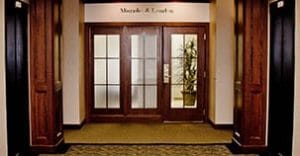The days, weeks and months after a Delaware accident can seem like an eternity. For the accident victim, there is usually an endless “to-do” list related to the incident: medical appointments, meetings with one’s boss to determine how work aligns with rehabilitation, family and personal responsibilities that must still be maintained and meeting with a lawyer to seek legal advice.
For accident victims with spinal cord injuries (SCI), into all of this, victims must also fit rehabilitation. If one obtains compensation for injuries, recovery is more manageable. However, after receiving compensation, it is important to select the most appropriate rehab program for a person with SCI. An injury to the spinal cord can produce serious damage. Various types of rehabilitation is needed to ease the accident victim back into daily life.
How does one choose the best program? A good place to start is by doing one’s homework and asking plentiful questions. For example, some good questions to ask the rehab program may include finding out if the program is associated with a particular academic institution; how long the program has been in existence; what are the goals of the program; how the program is evaluated; and if there is a “report card” or similar metric for determining if the program has met its goals.
It may also be helpful to know how many new patients the program admits every year. Moreover, patients may benefit from having fellow patients with similar injuries, particularly those with cervical-level SCI since these are often medically complex. Finally, it can also serve a helpful purpose to inquire if the program has any certifications other recognitions for its key services.
To recover from a spinal cord injury, an accident victim often needs quite a bit of help — from friends, family, workplaces, attorneys and their medical rehabilitation team. For more information about compensation for negligence resulting in SCI, a victim or their family may speak with an attorney.
Source: ASIA-SpinalInjury.org, “Consumer Guidelines for SCI Rehabilitation,” accessed on Jan. 2, 2017


